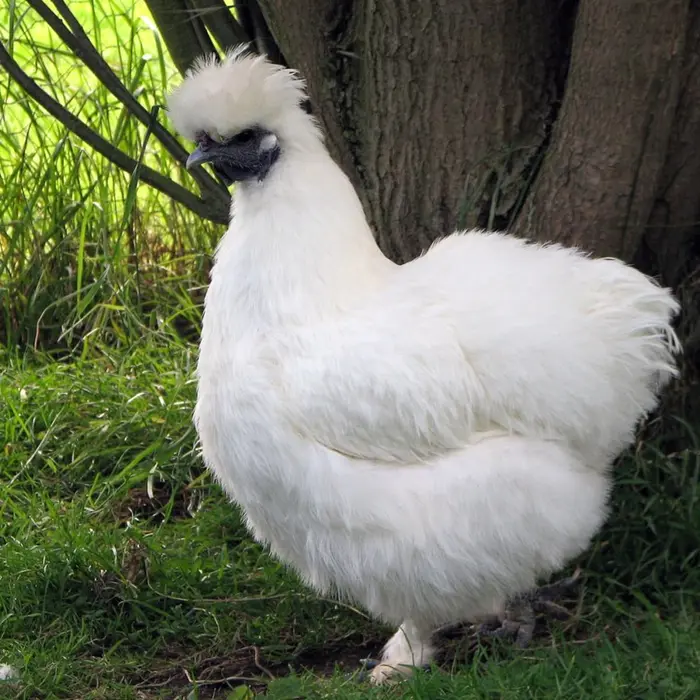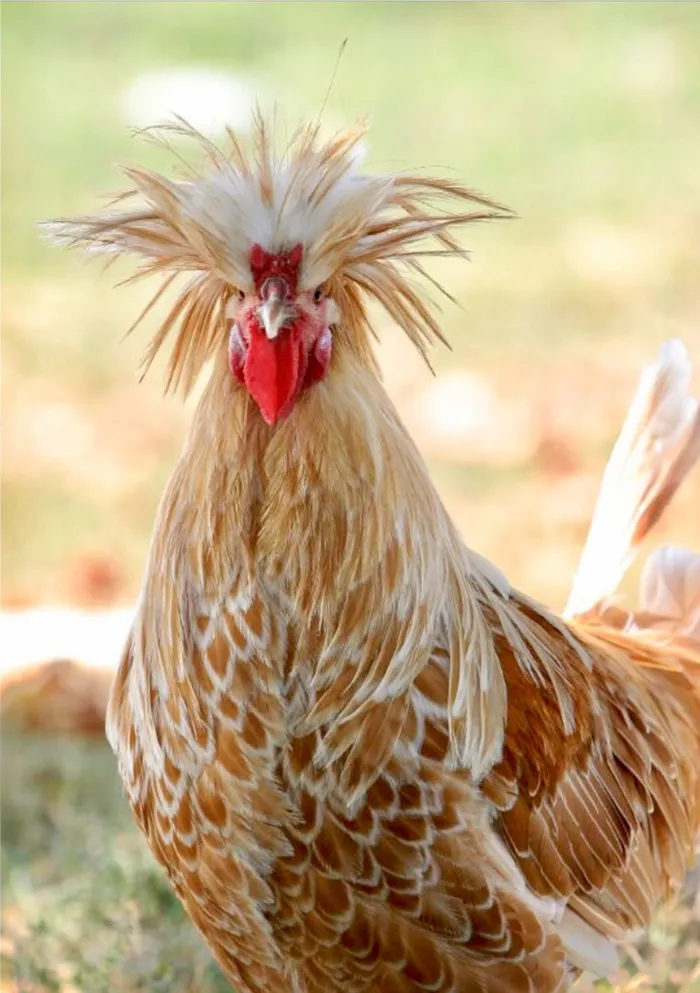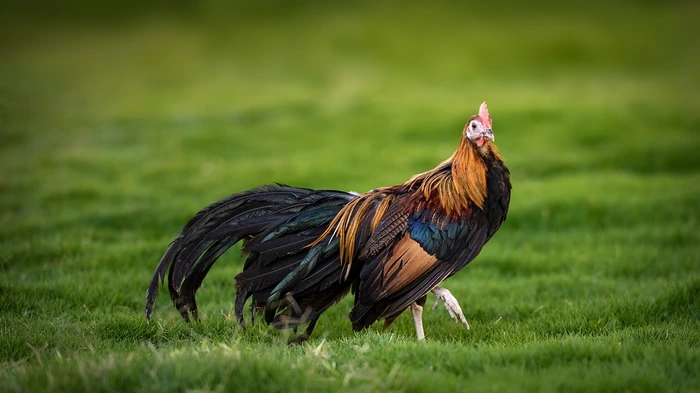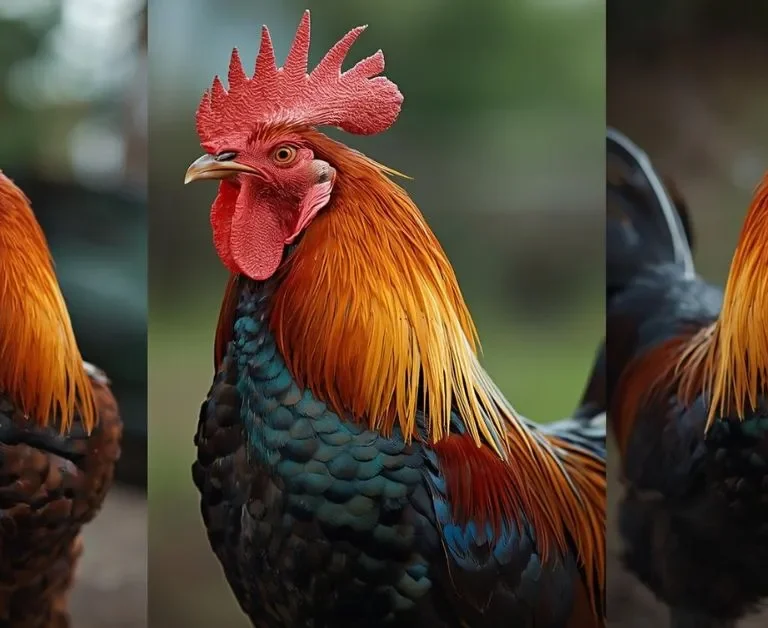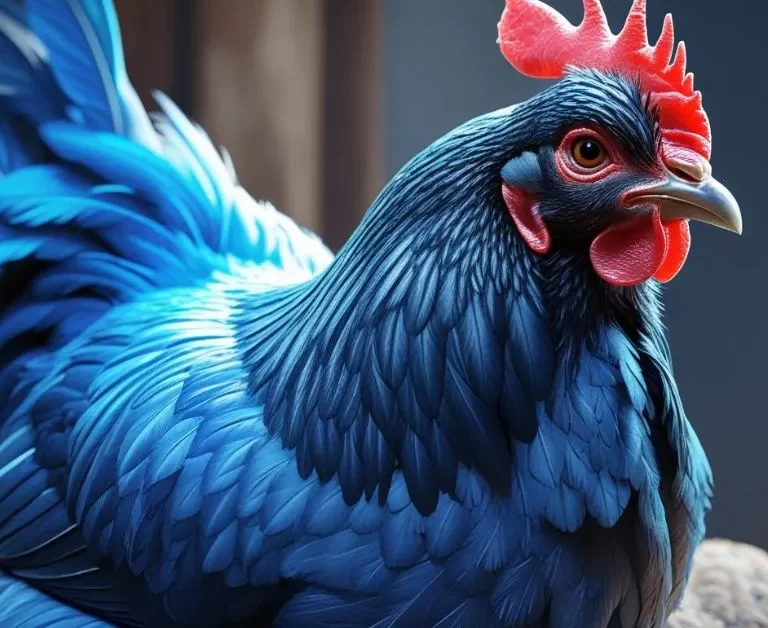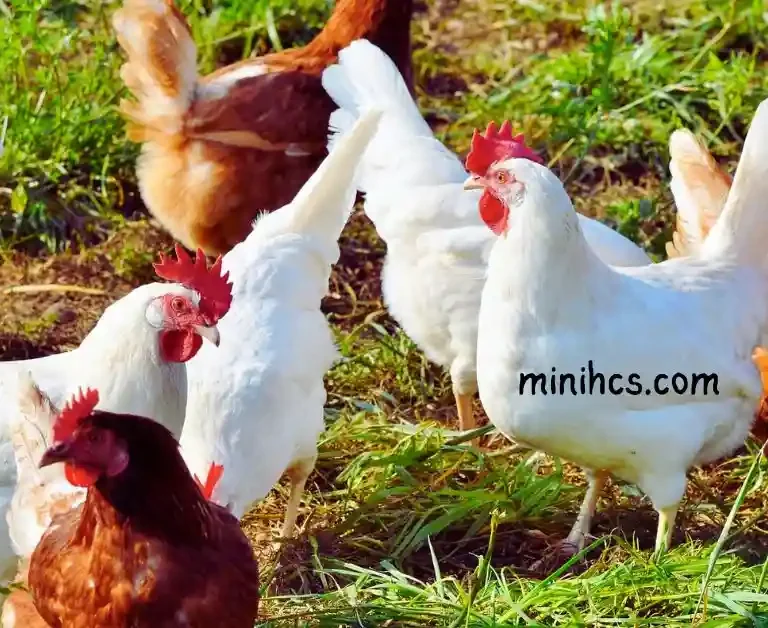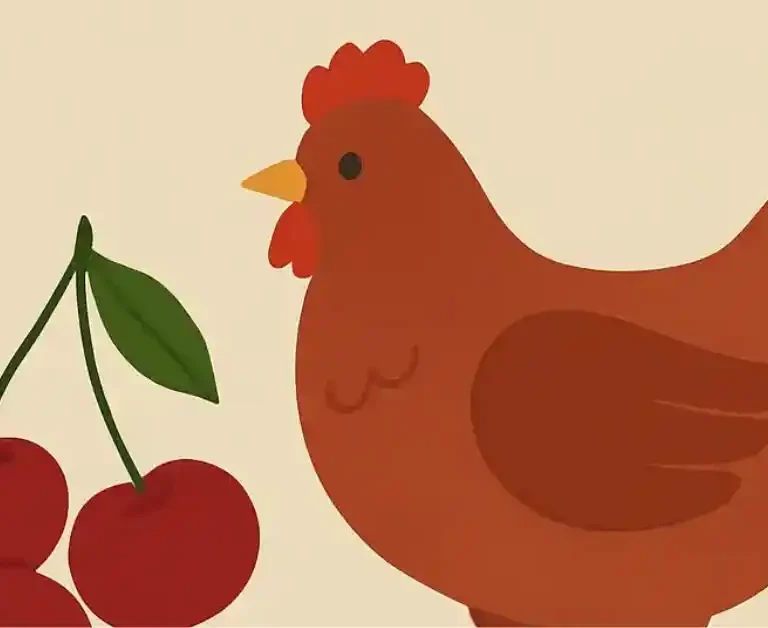Types of Roosters
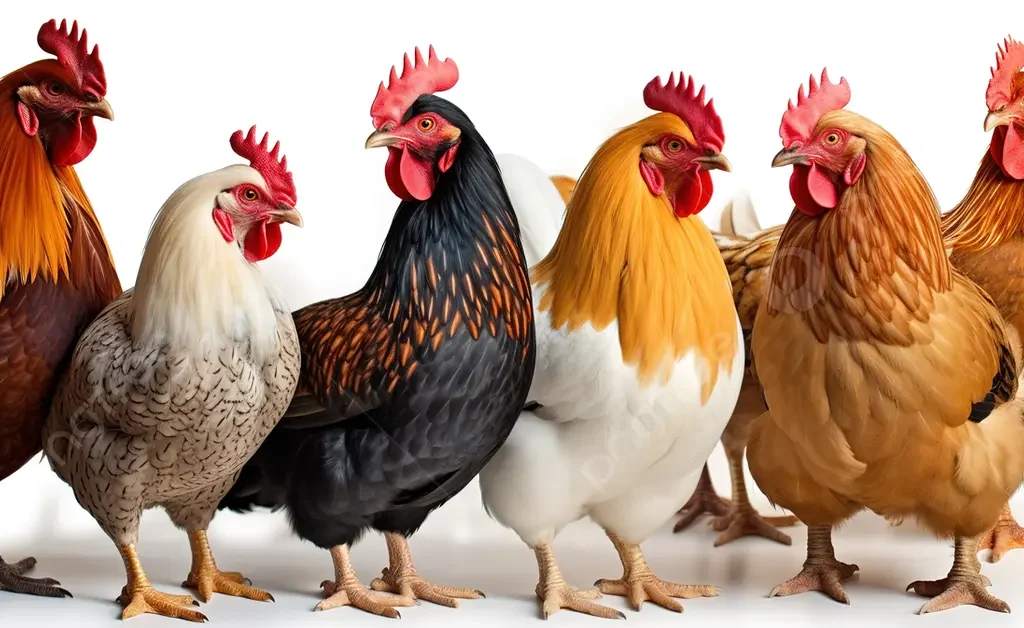
There are many different breeds of roosters, each with unique characteristics. These birds have been a part of human culture for centuries and play a significant role in agriculture and backyard farming today.
While most people are familiar with the typical image of a rooster as a colorful, loud bird with a bright comb and wattles, many different types of roosters vary in size, appearance, and purpose. In this article, I will explore the various kinds of roosters and their distinguishing features.
Types of Roosters
Bantam Roosters
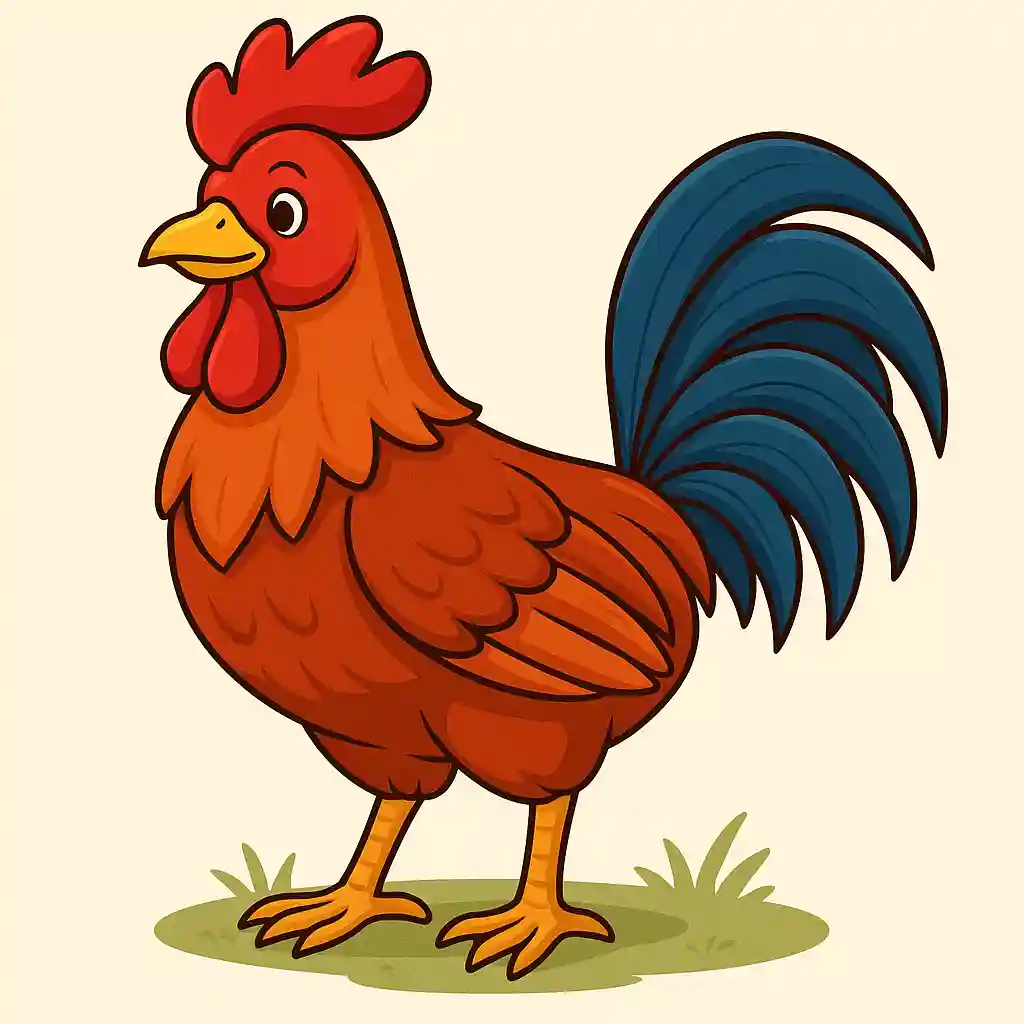
Bantam roosters are a popular type of rooster that has been selectively bred much smaller than their standard-sized counterparts. They are typically less than one-third the size of a standard rooster, making them a favorite among backyard chicken keepers and breeders.
Bantams come in various breeds, each with unique personalities and physical characteristics. Some common bantam roost breeds include the Sebright, Japanese, and Belgian d’Uccle.
Due to their smaller size, bantam roosters require less space and feed than standard roosters, making them a practical choice for those with limited resources. They are also known for their friendly and docile nature, making them ideal for families with children. However, bantams may not be the best choice for those looking for a rooster to protect their flock, as they are generally not as aggressive as their larger counterparts.
Game Fowl Roosters
Game fowl roosters, also known as fighting cocks, are a commonly recognized type of rooster due to their fierce appearance and reputation for aggressive behavior.
These birds have been selectively bred for centuries for their fighting abilities and have a long history of being used in cockfighting, a controversial sport now illegal in many countries.
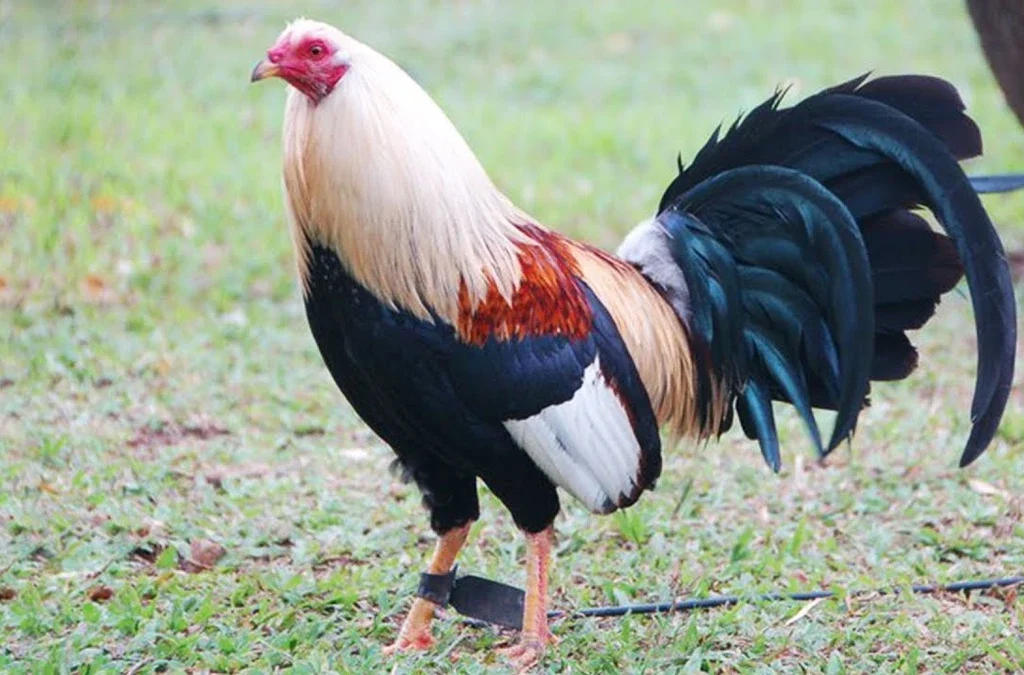
The American Game, Thai, and Malay are just a few breeds of game fowl roosters, each with distinctive physical characteristics and fighting styles. These birds are generally larger and more muscular than other roosters and have sharp spurs on their feet used in combat. While game fowl roosters may not be suitable for everyone, they are a fascinating and integral part of rooster diversity.
Dual-Purpose Roosters
As the name suggests, dual-purpose roosters are bred for egg and meat production. These birds are a practical choice for small-scale farming and backyard chicken keeping, as they serve multiple purposes while requiring less space and feed than keeping separate breeds for meat and egg production. Dual-purpose roosters are typically giant and have a mild temperament, making them easy to handle and care for.
Some well-known dual-purpose roosters include the Black Australorp, Rhode Island Red, and Buff Orpington. These breeds are known for their high egg production, hearty bodies, and good meat quality.
Dual-purpose roosters are also famous for those looking to add color and liveliness to their backyard flock, as they come in a range of beautiful and unique feather patterns.
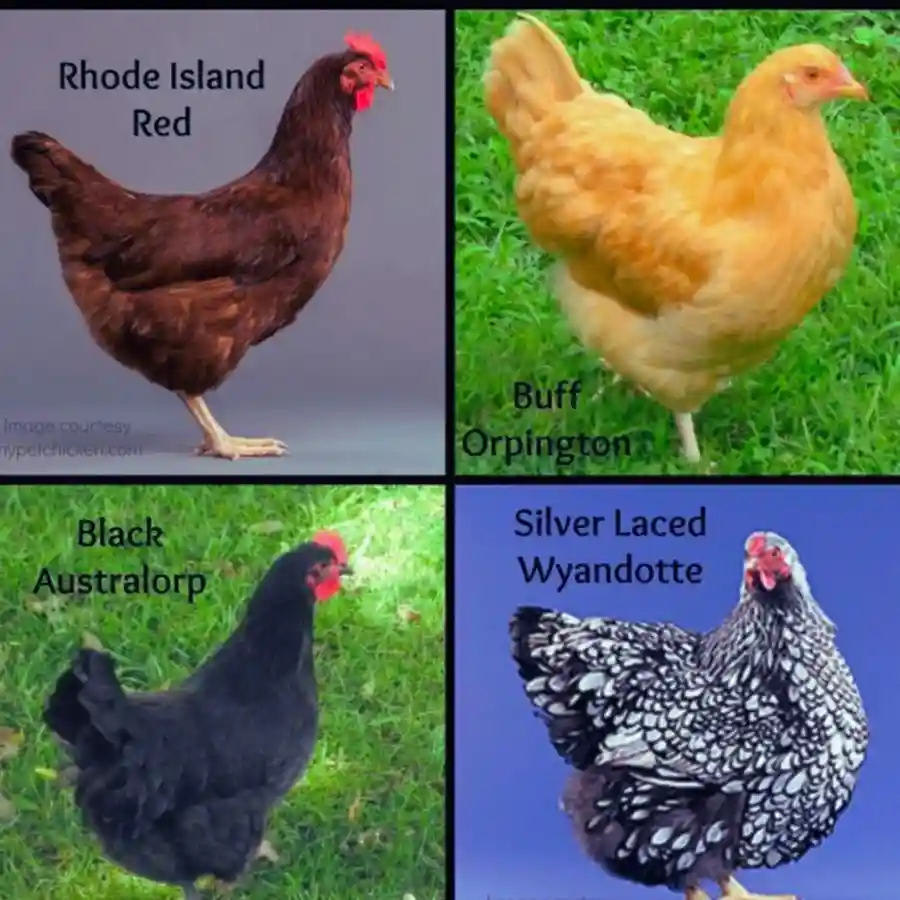
Sussex Roosters
Sussex roosters are renowned for their stunning plumage, which can come in various colors, including red, white, and speckled. Imagine a majestic Sussex Rooster standing proudly in a rustic farmyard at dawn. The rooster is striking, with a predominantly white body accented by light brown and black feathers gleaming under the day’s first light.
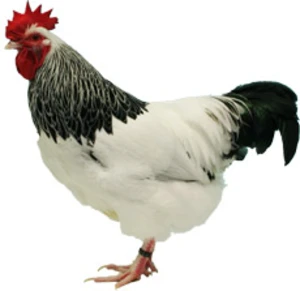
Its large, red comb and wattles contrast sharply against its plumage, highlighting its alert and robust stature. The rooster’s tail feathers are long and curved and display a black, white, and brown mix, adding to its distinguished look. In the background, there’s a classic wooden barn and a fenced pasture, with the early morning mist gently rolling over the fields.
The sun rises, casting a soft, golden light over the scene, while dewdrops sparkle on the grass. The rooster stands atop a small mound of hay, crowing triumphantly as if announcing the break of day to the world.
This scene captures the essence of rural life, with the Sussex Rooster as its proud and vibrant sentinel. They are dual-purpose birds known for their excellent foraging abilities, adaptability to free-range environments, and friendly disposition.
Rhode Island Red Roosters

Rhode Island Red roosters are dual-purpose birds valued for their excellent egg production and flavorful meat. They have deep mahogany-colored feathers, sturdy builds, and confident personalities, making them a favorite among small-scale farmers and homesteaders.
Plymouth Rock Roosters
Plymouth Rock roosters, also known as Barred Rocks, are renowned for their gentle disposition and adaptability to various climates.
They feature distinctive black-and-white striped plumage and are prized for their dual-purpose qualities, excelling in egg and meat production.
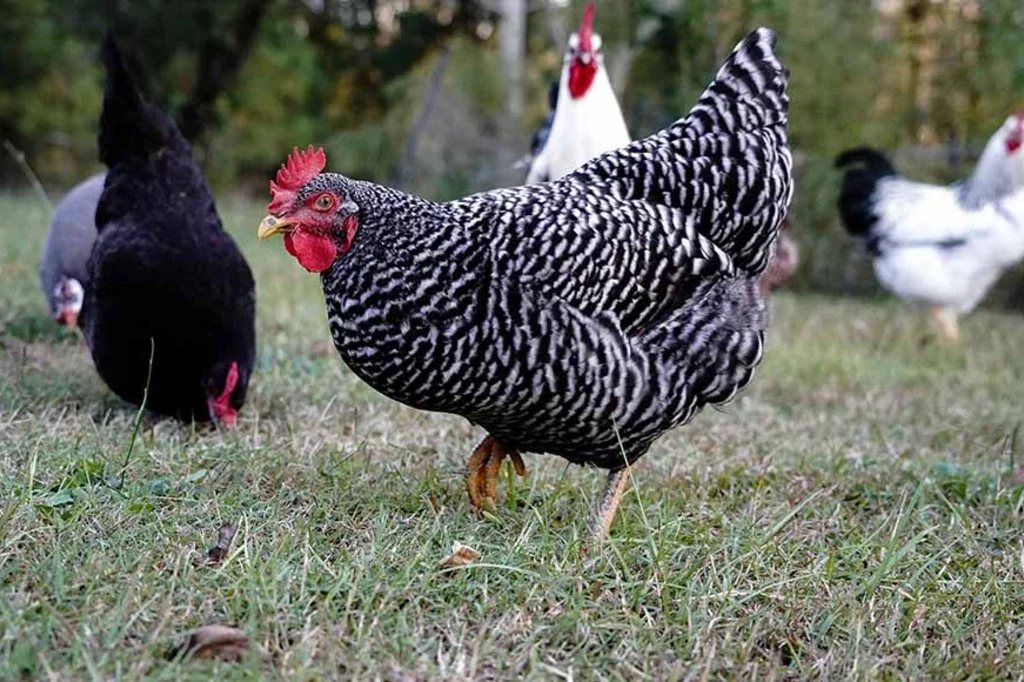
Ornamental Roosters
While all roosters can be considered ornamental, certain breeds are precisely prized for their striking appearance and extravagant plumage. These ornamental roosters are often kept as show birds or for their rare and exotic feathers rather than used for egg or meat production. Some well-known and sought-after ornamental roosters include the Polish, Phoenix, and Silkie.
Ornamental roosters are often bred for their eye-catching colors, feather patterns, and other unique physical features, such as unusually shaped combs or extra toes. They come in various sizes, from the tiny Serama rooster to the giant Phoenix, and are often kept as pets or for exhibition purposes. However, some ornamental roosters may require more specialized and attentive care, making them more suitable for experienced chicken keepers.
Rare Breeds Roosters
In addition to the more commonly known breeds of roosters, many rare and critically endangered breeds are at risk of disappearing. These breeds are typically native to specific regions and have been overshadowed by more popular and commercially viable breeds in recent years. However, efforts are being made by conservation organizations and dedicated breeders to preserve these rare rooster breeds and their genetic diversity.

Some rare rooster breeds include the Croad Langshan, a large and elegant breed from China, and the Buckeye, a hardy and self-sufficient breed from the United States. These breeds are often kept as backyard chickens or by small-scale farmers passionate about preserving these unique birds. By supporting the conservation of these rare rooster breeds, we contribute to rooster populations’ overall diversity and sustainability.
Leghorn Roosters
Known for their prolific egg-laying capabilities, Leghorn roosters are prized for their high productivity and efficiency in egg production.
They typically have sleek, white feathers and upright tails, making them famous for backyard and commercial egg farms.
Brahma Roosters

Brahma roosters are notable for their massive size, striking appearance, and docile temperament. They have feathered legs and feet, pea combs, and intricate patterns of black, white, and buff-colored feathers. Brahma roosters are primarily raised for meat production but are also valued as ornamental birds.
Silkie Roosters
Silkie roosters are small, fluffy birds with distinctive silky feathers, blue earlobes, and dark-colored skin. They are prized for their ornamental value and gentle, friendly nature, making them popular as pets and show birds.
Ameraucana Roosters
Ameraucana roosters, also known as Easter eggs, are valued for their ability to lay blue or green eggs. They have distinctive muffs, beards, and various plumage colors and patterns. Ameraucanas are prized for their colorful eggs and charming personalities.
Cochin Roosters

Cochin roosters are large, fluffy birds with profuse feathering, particularly on their legs and feet. Due to their striking appearance, they have calm, docile temperaments and are often kept as ornamental or exhibition birds.
Serama Rooster:
Serama roosters are the smallest chicken breed in the world. They are known for their diminutive size and bold, confident personalities. Their upright tail feathers, compact bodies, and vibrant plumage colors make them popular as pets and novelty birds.
Orpington Rooster
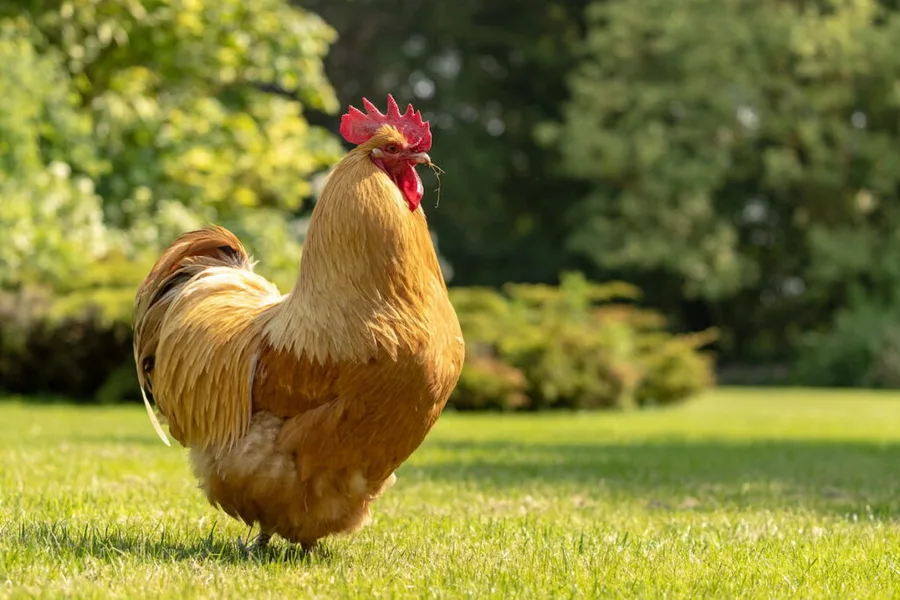
Orpington roosters are large, gentle birds with soft, fluffy feathers and docile temperaments. They come in various colors, including buff, black, blue, and white, and are prized for their excellent meat quality and broodiness as hens.
These are just a few examples of the diverse array of rooster breeds available, each with unique attributes and qualities. Whether you’re looking for a productive egg layer, a flavorful meat bird, or an ornamental showpiece, there’s a rooster breed out there to meet your needs and preferences.
Conclusion
As we have seen, roosters come in various sizes, breeds, and purposes. Each type of rooster has its unique characteristics and history, and all contribute to the diversity and fascinating world of poultry. Whether you are looking for a friendly bantam to keep as a pet, a hardy dual-purpose rooster for your backyard farm, or a rare breed to help preserve, there is a rooster out there to suit your needs and interests.
